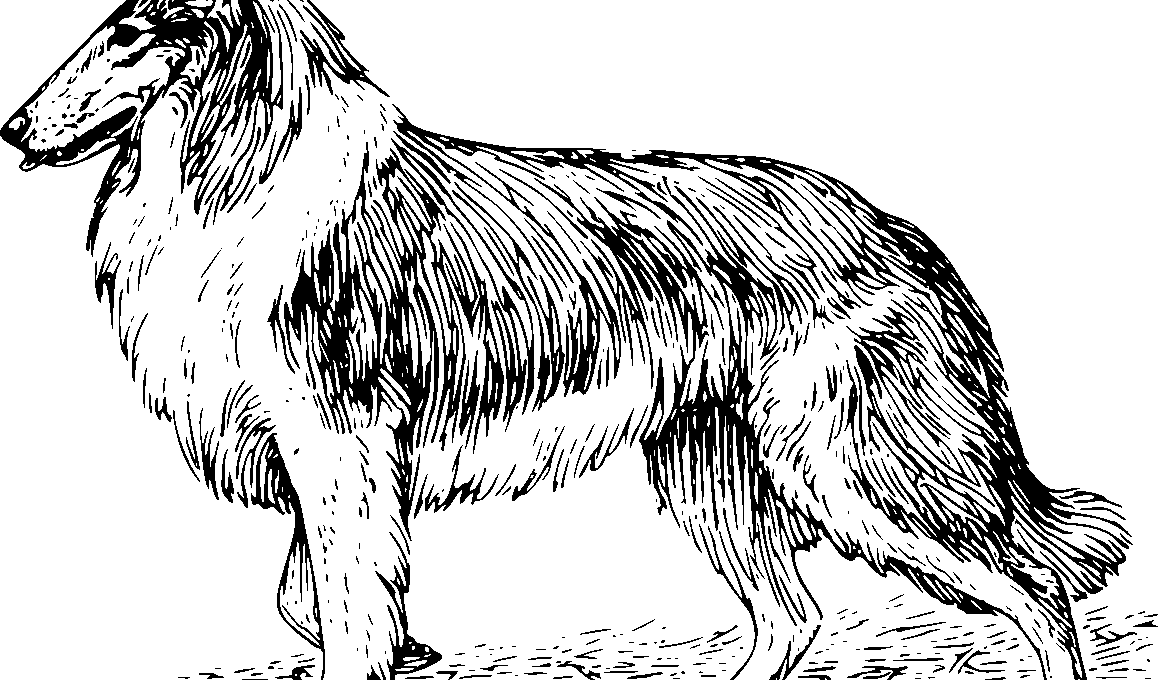Training Techniques to Help Dogs Manage Anxiety-Induced Panting
Excessive panting in dogs often signals anxiety, and addressing it requires understanding its underlying causes. First, create a calm environment by reducing loud noises or abrupt changes in surroundings. A safe space, like a cozy bed or crate, can provide comfort and security during stressful situations. While training, ensure your dog associates positive experiences with previously anxiety-inducing events. Use treats, praise, and gentle strokes to encourage relaxation. One effective method is desensitization, gradually exposing your dog to anxiety triggers while rewarding calmness. This process should be slow and patient to foster trust. Another technique involves counter-conditioning, where you change your dog’s emotional response to the anxiety-inducing situation through positive reinforcement. Stay consistent with training sessions, establishing a routine that emphasizes predictability and security. If your dog continues to struggle despite efforts, consult a veterinarian or animal behaviorist to explore further interventions, which may include behavioral therapy. Along with training, providing regular exercise and mental stimulation helps release pent-up energy, potentially reducing panting caused by anxiety. Creating a nurturing routine aids in relieving anxiety that manifests through excessive panting in dogs.
Understanding your dog’s body language can be crucial in addressing anxiety-induced panting. Dogs may display signs such as cowering, trembling, or avoiding eye contact, signaling distress or fear. Learning these signals enables you to intervene before their anxiety escalates to panting. Regular training that promotes socialization with other dogs or people can help ease anxiety over time. Engage your dog in social situations while providing positive reinforcement to reward calm behavior. Implementing a training program is essential; consider incorporating techniques like clicker training, where specific behaviors are rewarded immediately, reinforcing positive actions. Structured exercises such as ‘leave it’ or ‘stay’ can enhance your dog’s focus and control, reducing anxiety responses. As part of this process, incorporate interactive toys or puzzles to stimulate your dog’s mind, keeping them focused and distracted from anxiety triggers. Gradually increasing exposure to stressors while remaining calm in your demeanor fosters resilience. Ensure you maintain consistency in your training approach, applying techniques in various environments to generalize relaxation. Patience stands paramount in this journey; changes in behavior take time. Recognizing each small victory reinforces your bond and empowers your dog to manage their anxiety effectively.
Incorporating relaxation techniques during training can significantly benefit dogs burdened with anxiety-induced panting. Techniques like deep breathing can also be applied to your dog’s training sessions. These involve encouraging your pet to breathe slowly and steadily, helping to regulate their heart rate and reduce stress. Teaching your dog to perform a ‘go to your spot’ command not only provides a safe haven during moments of anxiety but also cultivates independence. Use a designated mat or bed and reward your dog when they settle there. Gradually introduce this concept when your dog is calm, building it as a positive space. Another approach is the use of soothing music or calming scents, like lavender or chamomile, which may create a more tranquil environment for your dog. Experiment with different styles of music, ensuring it remains soft and soothing. Additionally, using an anxiety wrap or vest can provide comfort through gentle pressure, which can alleviate anxiety symptoms. Combine these methods with your established training routine for a comprehensive approach. In conclusion, multifaceted training techniques, alongside relaxation strategies, can offer effective solutions for managing your dog’s anxiety-induced panting over time with consistency.
Exercise and Physical Activity
Regular physical activity plays a vital role in reducing anxiety-induced behaviors in dogs, including excessive panting. Engaging in daily walks or play sessions helps utilize your dog’s energy, promoting mental and physical health. Physical exertion increases the production of endorphins, which can create a sense of joy, contributing to reduced anxiety. Tailor exercise routines to your dog’s breed, age, and health status, ensuring they’re engaging yet manageable. Incorporate a variety of activities, such as fetch, tug-of-war, or agility training, keeping sessions stimulating and enjoyable. Additionally, introducing interactive games through brain puzzles challenges your dog mentally while providing an outlet for energy. Regular interaction with other dogs during playdates can also instill confidence, further alleviating anxiety triggers. Moreover, schedule quiet time after vigorous activities to allow for recovery and relaxation, reinforcing the idea of comfort following exertion. Be mindful of observing your dog’s comfort levels and adjusting activities accordingly. Proper hydration and nutrition are equally essential in maintaining overall wellbeing. By integrating consistent exercise as part of a balanced routine, you not only improve physical fitness but also reduce anxiety levels that lead to excessive panting.
Consistency in all approaches aids in managing anxiety and reduces panting during stressful situations. Establish a daily routine for feeding, exercise, and training; consistency helps your dog know what to expect and when. This predictability can create a sense of stability for dogs, easing anxiety. Tune into your dog’s stress signals, intervening when necessary before they escalate. Avoid reinforcing anxious behavior through attention or affection during moments of distress. Instead, focus on rewarding calmness and relaxation. Integrating different training methods can hold your dog’s interest, reducing the chances of them feeling overwhelmed. Incorporate fun and varied activities without overly strenuous exercises, allowing breaks as needed. Encouragement during challenging situations builds confidence and emotional resilience over time. It’s vital to maintain a calm demeanor during training; dogs often mirror their owner’s emotions. Remember to celebrate progress, however minor it may seem, as it reinforces positive behavior changes. Regular consultations with professionals allow for avenues of new techniques tailored to your dog’s individual needs. Ultimately, a gradual, understanding approach fosters a trusting relationship, enabling your dog to cope better with anxiety and reduce panting incidents effectively.
Seeking Professional Guidance
For persistent anxiety-induced panting, enlisting the help of a professional can be highly beneficial. Animal behaviorists or certified trainers specialize in understanding canine behaviors and can provide personalized training plans that accommodate your dog’s unique needs. Veterinary consultation is equally important to eliminate any underlying medical issues that may exacerbate anxiety. Some dogs may experience anxiety due to pain or discomfort, which highlights the significance of a thorough health evaluation. When selecting a professional, ensure they use positive reinforcement methods aligning with your training philosophy. Observe their approach, asking questions to gauge their understanding of anxiety management in dogs. Group training classes can also provide an atmosphere conducive to socialization while under professional guidance, alleviating individual pressures from training. In cases where behavioral therapy or medications may be necessary, a veterinarian can offer options tailored to your dog’s circumstances. Professional intervention can bridge knowledge gaps, equipping you with effective strategies for handling anxiety and excessive panting. Overall, a collaborative approach that involves experts can significantly enhance your efforts and lead to lasting improvements in your dog’s behavior and overall well-being.
Establishing a deeper bond with your dog can also positively influence their anxiety levels and lessening panting occurrences. Spending quality time together, whether through training, play, or simply relaxation fosters trust. Engaging in regular interactive activities strengthens your emotional connection, enhancing their sense of security. Understanding your dog’s preferences helps in modifying their environment to suit their needs, resulting in a calming atmosphere. Utilize techniques such as massage or gentle grooming to reinforce this bond while promoting relaxation. Attuning your approach based on your dog’s reactions facilitates more effective communication and trust-building. Shared experiences, whether in training or leisure, build confidence, helping anxious dogs feel safer in their surroundings. Explore avenues for group activities that allow for socialization with other owners and dogs, promoting confidence outside the home environment. Maintain patience while being responsive to your dog’s anxieties, validating their emotions while encouraging appropriate behaviors. Tracking progress through journaling can help you assess changes over time, providing insight into effective techniques. In conclusion, building and nurturing your bond plays a crucial role in mitigating anxiety and reducing excessive panting for happier, more relaxed dogs.
Lastly, some dogs may have specific fears contributing to their anxiety-induced panting, such as thunderstorms or fireworks. Identifying these triggers allows you to address them through tailored methods, which may include creating a safe retreat. Implement desensitization techniques gradually to expose your dog to these stimuli in a controlled environment. Utilizing white noise or calming music can help drown out external sounds during stressful events. Another effective approach includes practicing counter-conditioning, where you reward your dog for remaining calm in the presence of their anxiety triggers. Gradually increasing exposure while reinforcing calm behavior teaches them that these stimuli may not pose a threat. Training aids like anxiety jackets can provide comfort by applying gentle, encompassing pressure. Consistently provide positive reinforcement for calmness, ensuring your dog connects these events with relaxed behaviors. Establishing a treatment plan inclusive of training and environmental modifications fortifies your dog’s coping mechanisms. Remaining vigilant and adjusting your strategies based on your dog’s responses will lead to gradual improvements. By systematically addressing specific fears contributing to anxiety, you significantly reduce the instances of excessive panting, creating a calmer environment for both you and your dog.


